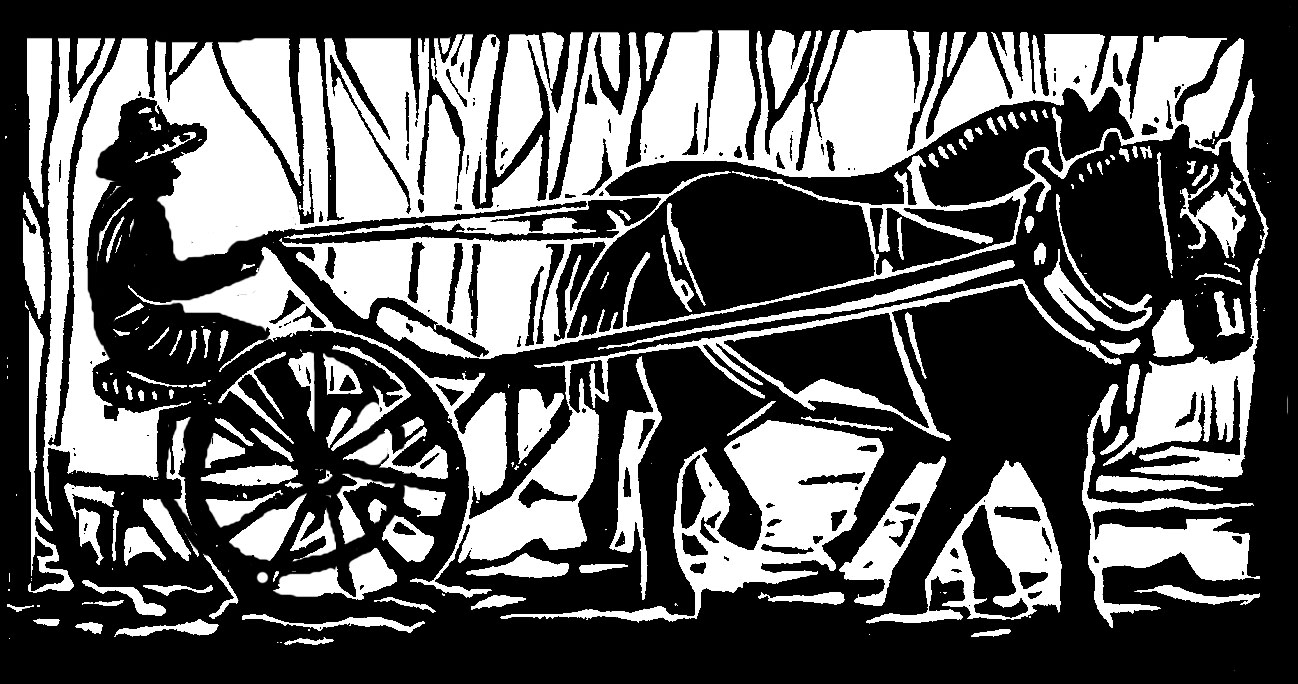If the earth is our Mother, then surely our heated hoop house is a Beloved Old Auntie. She is a warm and welcoming Auntie, and we farmers spend lots of time with her in early spring, helping her dig her garden beds, helping her get her seeds started, helping her stay just the right temperature.
Warmth. Auntie Hoop House likes to be just the right temperature. She basks between 70 and 80 degrees, and it is especially nice to visit her in March, or even April, when it can still be mighty cold outside (as well as a little cold in the farmers' house, because the farmers can't decide if it's chilly enough to start a fire in the wood stove, and thus use up the dwindling wood supply.) Whatever the weather, Auntie insists on being warm (and she has the propane bill to show for it!).
But Auntie doesn't like to get too hot, either. On a sunny day, she can heat up ten degrees in a matter of minutes, and she begins to feel faint. She needs a lot of attention in early spring, because her circumstances have to be adjusted frequently during the day: one front door open, two front doors open, inner plastic door cover rolled up, inner plastic wall hauled up in degrees by ropes, back door blanket taken down, back inner plastic door cover rolled up, back door open, one fan on, two fans on, three fans on. And then there's reversing all that, depending on the sun and the wind and the outside temperature.
Food. Auntie Hoop House knows how to provide for her guests. In summer, of course, there are the luscious early tomatoes, the fragrant basil bouquets, the sweet red peppers, and the glossy eggplants. But even in March and April, our Auntie wants to feed us. If she can't find any spinach overwintering from the last garden season, she will gladly produce delicious wild dandelion greens. This will please her guests no end, as they dine on dandelion quiche and sauteed dandelions and the ever-popular dandelion dal. (As our then 6th-grader moaned a few years ago, “Oh geesh. I'm going to ask everybody else in my class if they're having dandelion dal for lunch.” Strangely enough, no one else was.)
Ambiance. Auntie makes her house inviting. There is the pleasant sound of gentle rain plopping on her plastic top. There is the wild mint not yet weeded out of the beds, blooming tiny purple flowers. There is the comfortable furniture, two weather beaten wooden and canvas chairs, one of which periodically and unexpectedly collapses when a guest is relaxing on it, chatting perhaps, or finishing a good novel, and maybe feeling reluctant to get up and get moving. (“Whump!” says the collapsing chair. “Oof!” says the collapsing farmer. “Yes!” says wise old Auntie. “It's time to get up and get moving!”)
Taking Care of the Babies. Surely this is Auntie Hoop House's most endearing quality. She nurtures our tiny little seeds into seedlings, and then into plants, and then into delicious food. She takes care of our yogurt babies and our bread dough babies, providing a steady warm temperature for yogging and rising. She nurtured our little human baby too, who slept in the bassinet, played in the dirt as a toddler, learned to plant and pot up and water and weed and harvest, and now frequents the collapsing chair, which adds a little zest to her high school homework.
Even though our dear Auntie can be a little forgetful sometimes – for example, she (or perhaps someone closely related to her . . . ) forgot to check and make sure the propane people really did fill up the tank when we thought they would, and the propane people didn't, which meant the propane ran out, which meant Auntie got the shivers, which meant the farmers brought 30 flats of seedlings into their house, which meant all the floor space in two rooms, and baby gates to keep the kitty out, and quite a challenge getting to the phone and the bathroom for two days and nights – still we love our Auntie Hoop House. Such a kind, good Auntie, helping us extend the garden season and strengthen the local food system. We couldn't get along without her.
Originally published in the Monadnock Shopper News, April 15-21, 2015

